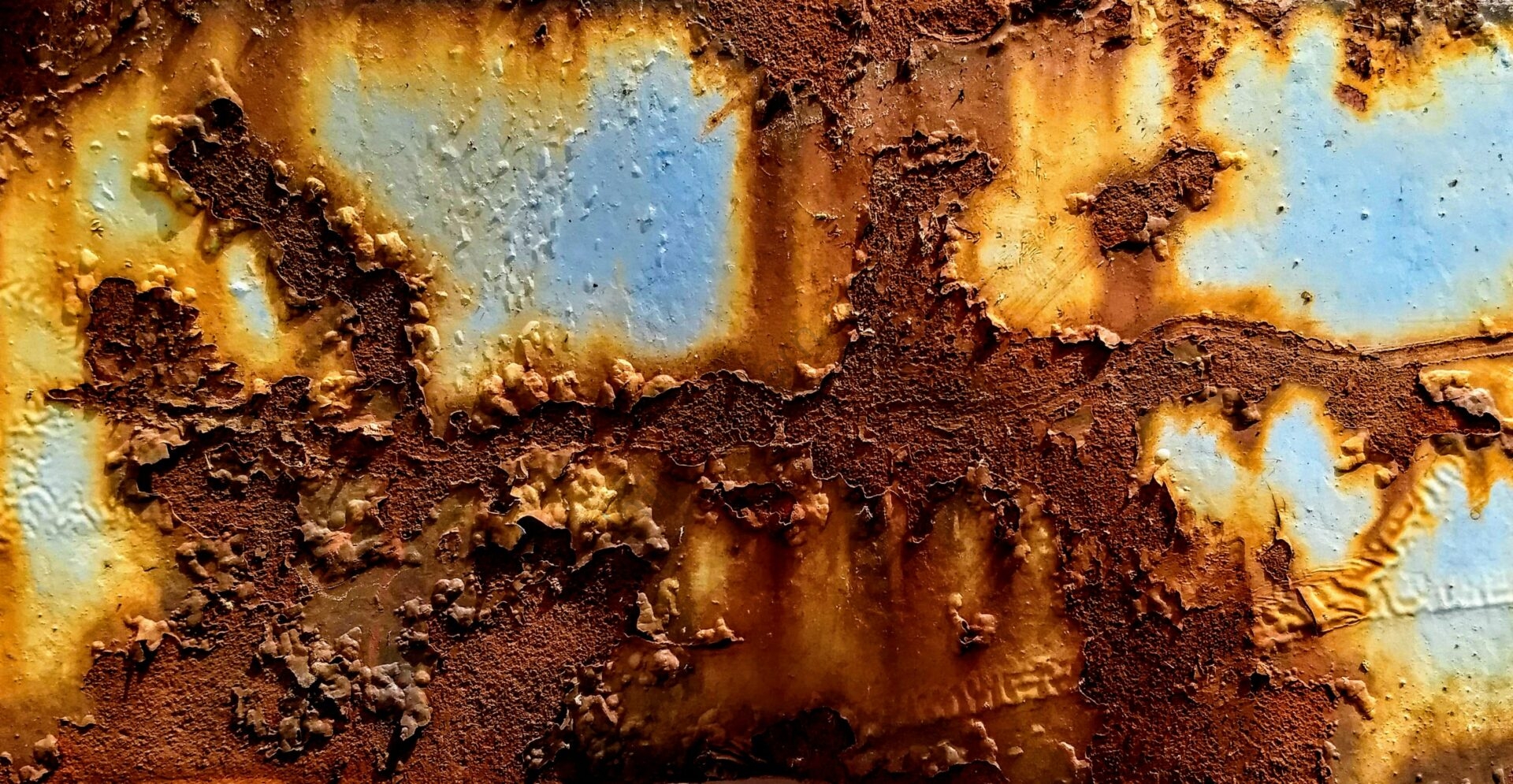Table of Contents

Definition of Corrosion
A chemical or electrochemical reaction that degrades or destroys a material over time is corrosion. The term can refer to the gradual wearing away of a material’s surface or more general degradation of the material’s properties. Many metals undergo corrosion, leading to structural failure and environmental pollution. To prevent or slow corrosion, protective coatings or inhibitors can be used.
Do All Metals Corrode?
Metals with a greater reactivity series, such as iron and zinc, corrode quickly, whereas metals with a lower reactivity series, such as gold, platinum, and palladium, do not corrode. Corrosion involves the oxidation of metals, which explains why it happens. The tendency to oxidize decreases as we progress down the reactivity series (oxidation potentials are very low).
Factors Affecting Corrosion
- Metals are exposed to CO2, SO2, and SO3 in the air.
- Metals are exposed to moisture, particularly saltwater (which increases corrosion rate).
- Impurities such as salt are present (e.g., NaCl).
- Temperature: As the temperature rises, corrosion increases.
- The nature of the first oxide layer: some oxides, such as Al2O3, generate an insoluble protective layer that can prevent further corrosion. Rust, for example, crumbles readily and exposes the rest of the metal.
- The presence of acid in the atmosphere: acids can hasten the corrosion process.
Rate of Corrosion
When describing the creation of an oxide layer, the Deal–Grove model is frequently utilized. This model can be used to anticipate and control the production of oxide layers in a variety of scenarios. Measurement of corrosion can also be done using the weight loss method. This approach involves exposing a clean, weighed piece of metal or alloy to a corrosive environment for a period of time. A cleaning process then removes the corrosion products. The item is then weighed to see how much weight has been lost.
The corrosion rate (R) is computed as follows:
Where k is a constant.
W = metal weight reduction over time t,
A = exposed metal surface area, B = exposed metal surface area, C = exposed metal surface area, D = exposed metal
is the metal’s density (in grammes per cubic centimetre).
Types of Corrosion
The following are examples of corrosion types:
Corrosion in Crevices
A limited kind of corrosion known as crevice corrosion can occur whenever there is a difference in ionic concentration between any two local locations of a metal. This type of corrosion, for example, is more common in tight places (crevices). Gaskets, the underside of washers, and bolt heads are where crevice corrosion can occur. Crevice corrosion affects all grades of aluminum alloys and stainless steel. This is mostly due to establishing a differential aeration cell, which causes corrosion to form within the cracks.
Stress Corrosion Cracking
Corrosion Due to Stress Metal cracking, abbreviated as ‘SCC,’ occurs as a result of the corrosive environment and the tensile stress put on the metal. It happens a lot when the weather is hot. In a chloride solution, stress corrosion cracking of austenitic stainless steel is an example.
Intergranular Corrosion
The presence of contaminants in the grain boundaries that separate the grain generated during the solidification of the metal alloy causes intergranular corrosion. The alloy’s depletion or enrichment at these grain boundaries can also cause it.
IGC, for example, has an impact on aluminum-based alloys.





